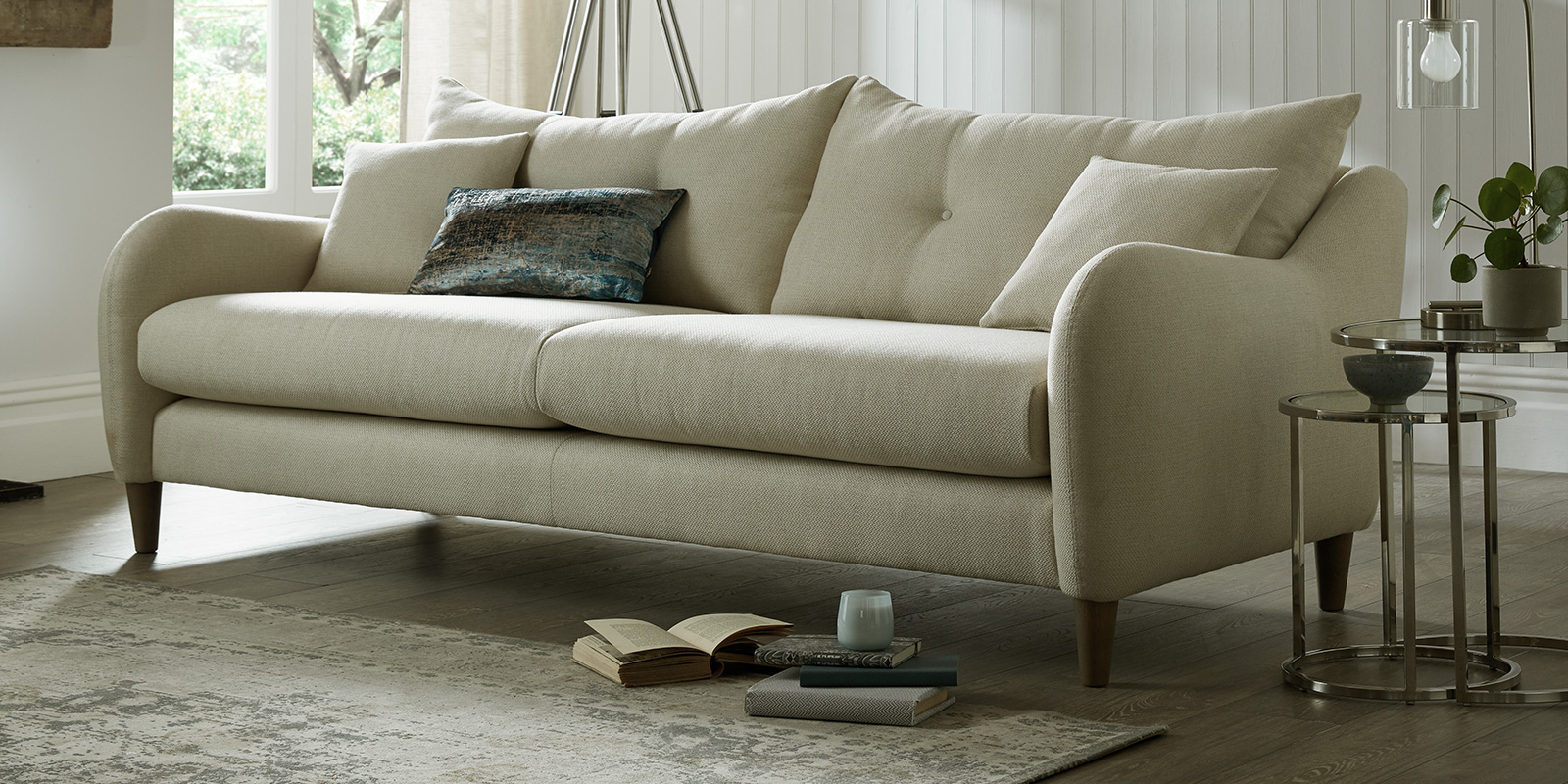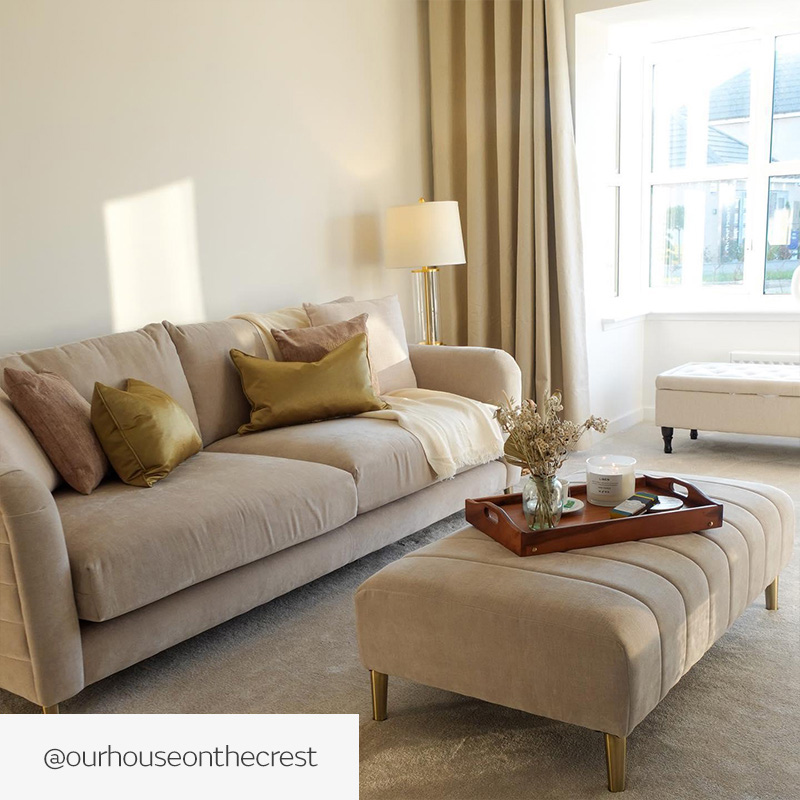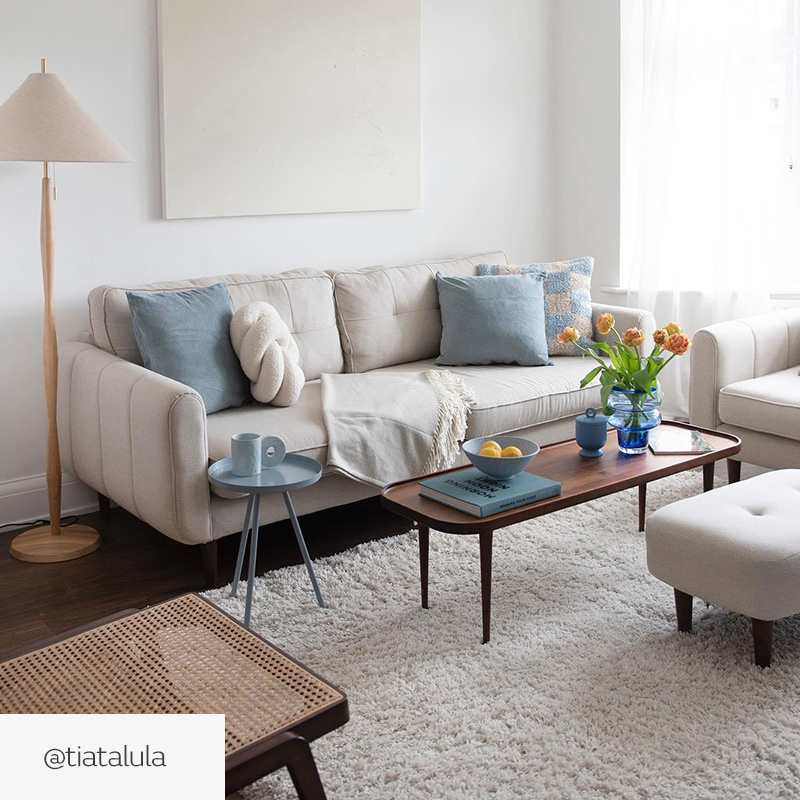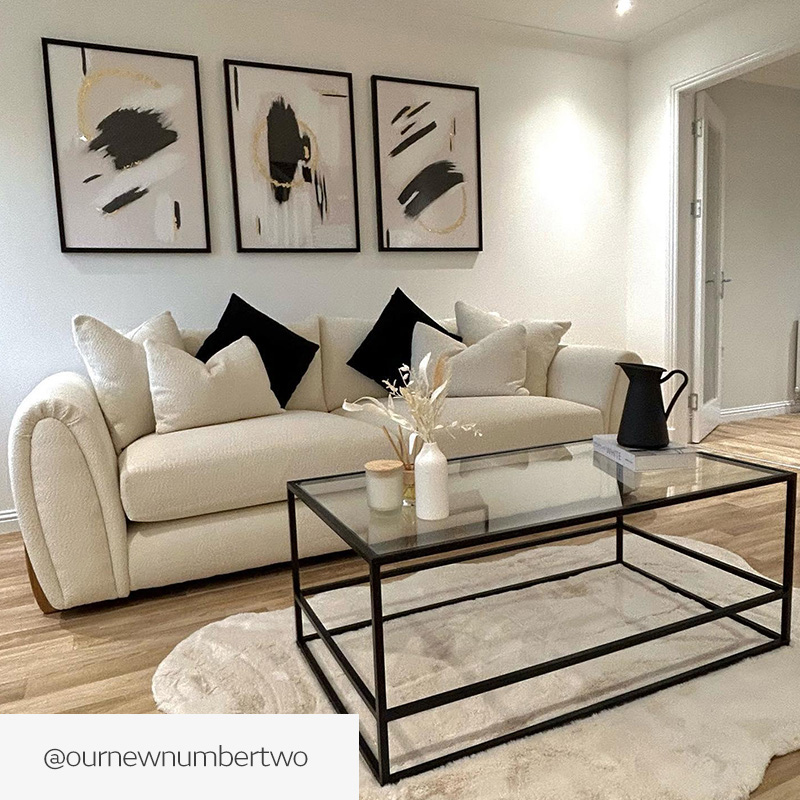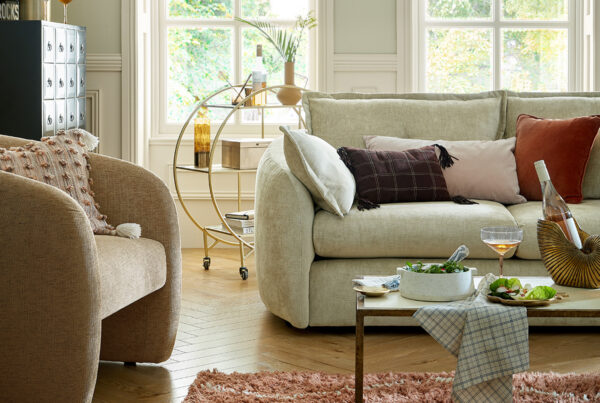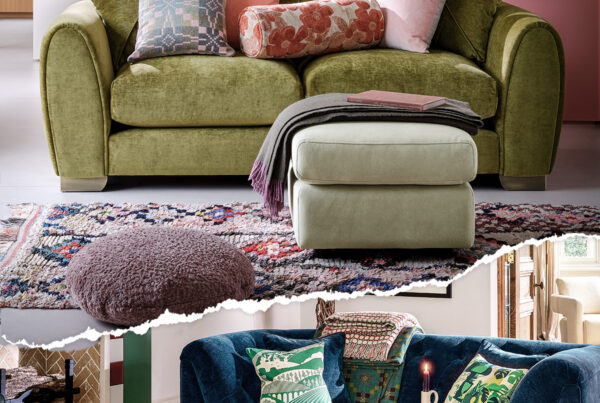We all have our own way of ordering our homes and our lives. Some people love clean and tidy spaces; others don’t mind a bit of clutter and personality in the living room. If you’re looking for a way to give your home a more mindful and relaxing feel, why not give the ancient art of Feng Shui a try?
Finding its origins in China, Feng Shui focuses on balance, harmonising individuals with their surroundings. As more and more of us are now embracing a home-working lifestyle, it’s important to make sure every part of your home works for you and helps you to feel relaxed and comfortable as you work and when you unwind.
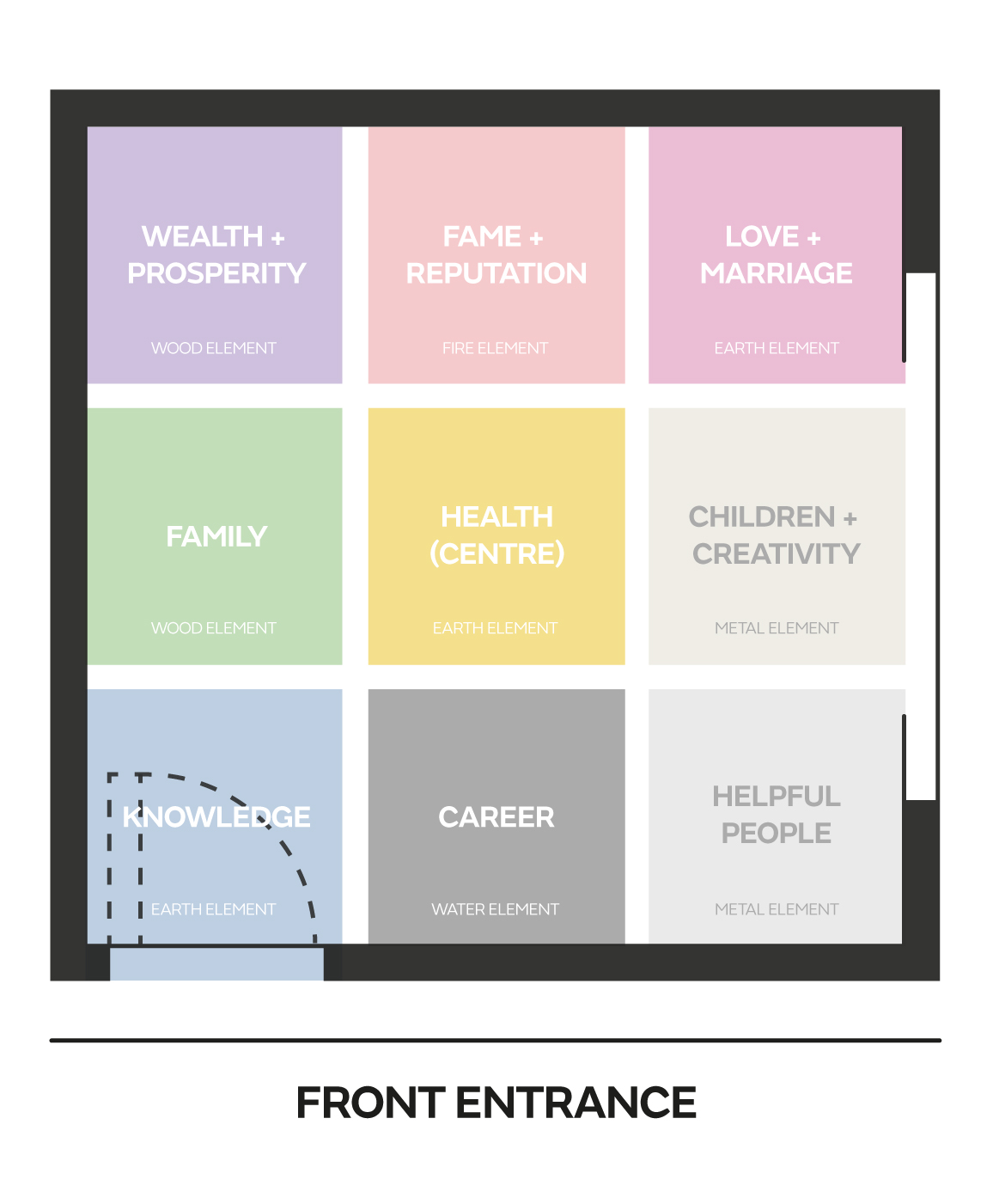
Feng Shui Living Room Ideas
The living room is the heart of the home, so it makes sense to start here when looking to achieve comfort and harmony. Achieving Feng Shui in your home requires a little bit of consideration as it’s more than just getting rid of clutter (although this can help). In Feng Shui, every item in your home has positive energy, or “chi”, and it’s about harnessing this positive energy in the right way to bring balance to your home. The principles can be a little complicated, but it’s possible to achieve Feng Shui in a traditional way by utilising a map of 8 sections of life – a kind of ‘energy’ map – which surrounds a central focus which stands for “whole health”.The 8 different sections all contribute to this centre point.
Placing this 8-sectioned map on a plan of your home will give you an idea of which section relates to which room in your home, and as each section on the map relates to a colour, shape, material and natural element, you can then decorate and organise that space according to these principles. Finding the right balance of these elements is key to creating harmony and balance in your home.
Time to make a change
It’s entirely up to you how much or how little you invest into Feng Shui in your home, and just thinking more carefully about if your home works for you is a step in the direction of a more considered space. It may be that you just want to utilise the “commanding position”, placing furniture such as a sofa in the right place around your home in order to encourage positive energy. In Feng Shui, your sofa should be anchored just away from the wall, as it is the key seating element in the space. Avoid positioning a sofa with the back to the door – with a Feng Shui living room, think about the flow around the room and how much more inviting the room is with the sofa facing you or side on as you enter the space.
With that in mind, also consider your furniture around the room aside from the sofa and whether it obstructs the flow of movement. Slim side tables or rounded coffee tables can help keep the energy flowing and your space feel open.
If you want to dive right into Feng Shui, consider whether you need to fully overhaul your space or whether you can just bring the right colours or materials through with the accessories and finishing touches. Choosing cosy scatter cushions is a great way to achieve extra colour, and accessories such as throws can add texture to your space without any major work.
Don’t forget! Light is one of the elements that needs to be present in a room to achieve a feng shui home. Layering natural light with floor and table lamps means you can light up dark corners and shadows, and utilising reflective surfaces like mirrors can also help with brightening up your space.
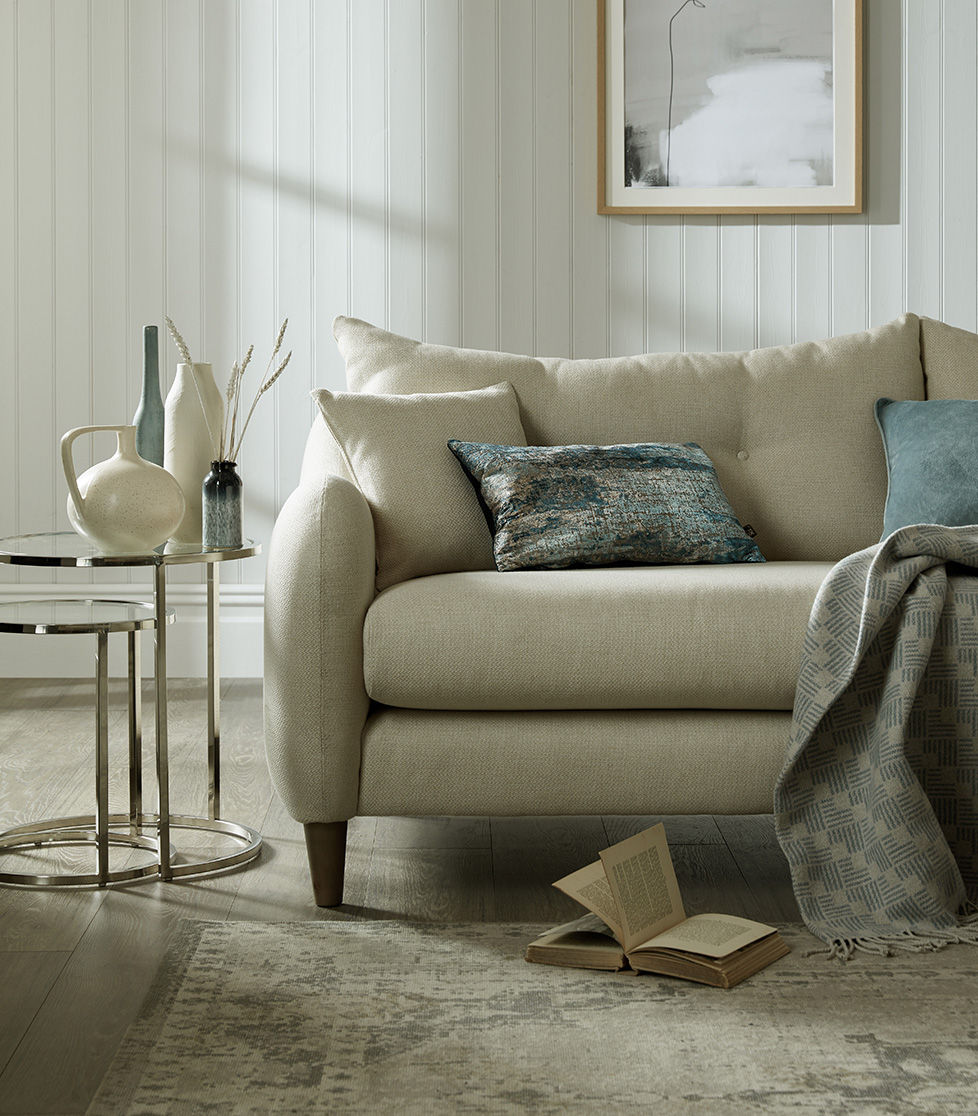
Achieve balance in the home
With these starting tips, you should be able to begin your Feng Shui journey in earnest, choosing the right sofa, furniture and accessories for your space, and positioning them in a way that brings positive energy to your home. Start with the living room and branch out into other spaces in your home, and achieve a positive harmonious balance of energy as you relax and unwind.


